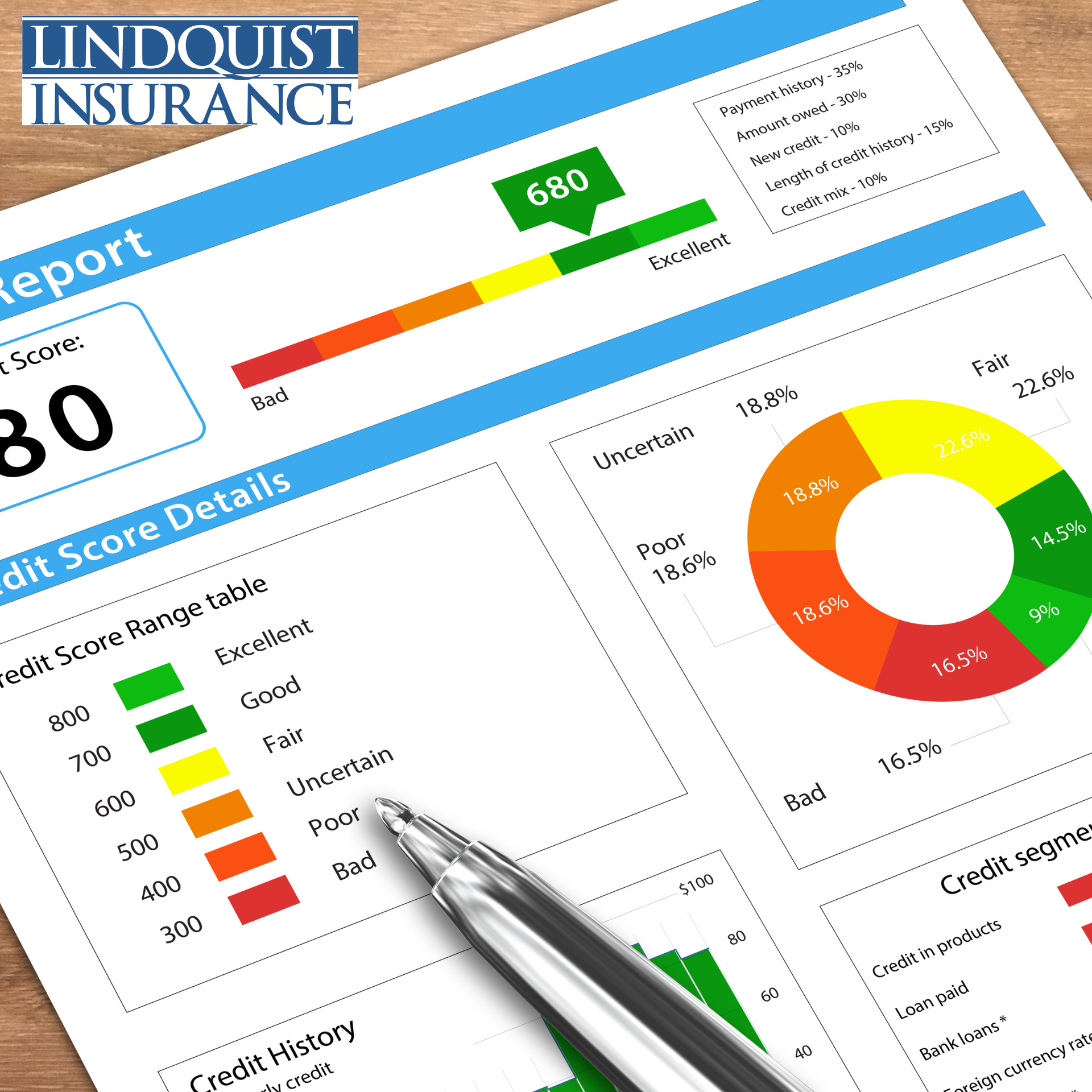Stopping on Ice: To Pump or Not to Pump?

On ice and snow-covered roads, it’s more important than ever to understand the basics of safe driving. Smart winter travel planning, reliable tires and regular vehicle maintenance all go a long way to keeping you safe on the road.
Related: 8 Things Your Car Needs in Winter
But when it comes to driving on ice, there are still some common misconceptions. You might hear conflicting advice on what to do if you lose traction. Should you pump your brakes, or not?
The answer: It depends.
When driving on ice, the safest technique will depend on whether your vehicle has an antilock braking system (ABS). Keep reading to find out when to pump and when not to pump.
How do antilock brakes work?
Antilock brakes decrease your stopping distance and increase control and stability during hard braking. It’s an especially useful feature on icy roads, where traction is limited. An antilock braking system is made up of speed sensors mounted on each wheel and an electro-hydraulic braking circuit. When used, ABS prevents your wheels from locking by monitoring the speed of each wheel and automatically pulsating the brake pressure when it detects skidding.
My car has ABS. Do I need to pump my brakes?
If your vehicle is equipped with ABS, you don’t need to pump the brakes when driving on slippery roads. Why? The brakes do it for you.
If you’re wondering how to use ABS, the answer is simple. Your vehicle will activate it automatically, pulsating the brakes as soon as the system detects a wheel skidding. Just firmly press your foot on the brake and maintain steady pressure. You’ll feel the brake pedal pulsate and the ABS light will flash on the instrument panel.
How do you know if your vehicle has antilock brakes?
It’s important to know your vehicle’s braking system before you end up navigating an icy road. Your owner’s manual should describe your braking system and how to operate your vehicle in slippery conditions.
As far as vehicle technologies go, antilock brake systems have been around for a while. By the late 1990s, ABS was becoming commonplace, even on entry-level vehicles. And in 2013, the National Highway Traffic Safety Administration (NHTSA) began mandating ABS on all new cars.
If your vehicle was built after 2013, then your vehicle has ABS. But if your car is older, you’ll want to check whether ABS was an included option. An ABS light on your dashboard is also an easy indicator of whether or not you have antilock brakes.
Many late-model vehicles are also equipped with traction control or electronic stability control, which can also help when driving on ice.
When to pump your brakes
If your vehicle doesn’t have antilock brakes, manually pumping can help maintain control on slippery roads. Gently apply and release pressure at a moderate rate. Do not apply quick or steady pressure, as this can cause your wheels to lock and your car to skid.
Bonus tip: What about winter tires?
ABS is a great safety feature to help you brake in slick conditions. In places with intermittent winter weather, all-season tires (with high traction and good tread depth) might be your best option. But if you live in a consistently snowy region you may want to consider a set of winter tires.
Related: The Ultimate Guide to Snow Tires
Winter tires are made out of a softer rubber compound than summer or all-season tires. Combined with additional grooves – sometimes called siping – winter tires are specially designed to provide the best traction in winter weather.
In fact, according to a Consumer Reports test, winter tires can decrease your stopping distance by up to six feet in ice braking . That could be the difference between a safe stop and a rear-end collision.
Do studded tires help?
Studded or spiked tires only help if you’re driving on extremely and consistently icy roads. However, if you’re interested in these, check with your local Department of Transportation first for rules and regulations. They may not be legal in your area – and your day-to-day driving conditions might not be severe enough for studded tires to make a difference, anyway Visit a website like Tire Rack to find the best all-season or winter-weather tires for your vehicle based on its year, make and model.
Winter driving safety
When driving in winter weather, follow these tips:
- Plan ahead. Watch the forecast before you travel, and always leave wiggle room in your travel plans. It can make a big difference to take an alternate route or leave a little later to give road crews a chance to do their job.
- Take it slow. Reduce your speed and leave extra space between you and other vehicles. Start to brake earlier than usual for traffic lights and stop signs.
- Stay alert at intersections. With the constant stop and go of traffic, other drivers might slide out in front of you.
- Know where to spot ice. Remember that the “two tracks” worn down from routine travel are typically the most icy portion of the road. If you do lose traction, stay calm and steer in the direction you want your vehicle to go.
When you choose ERIE, you’ll always get tips and guidance for safe navigation. Why? Because we know the only thing better than a fast and easy claims process after an accident is avoiding accidents altogether. It’s just one way we’re looking ahead to help you be prepared for the road before you. Find an ERIE agent to learn more .
This story was originally published in 2009. It was updated with new information on Jan. 11, 2019.
The post Stopping on Ice: To Pump or Not to Pump? appeared first on Lindquist Insurance.










Share On: